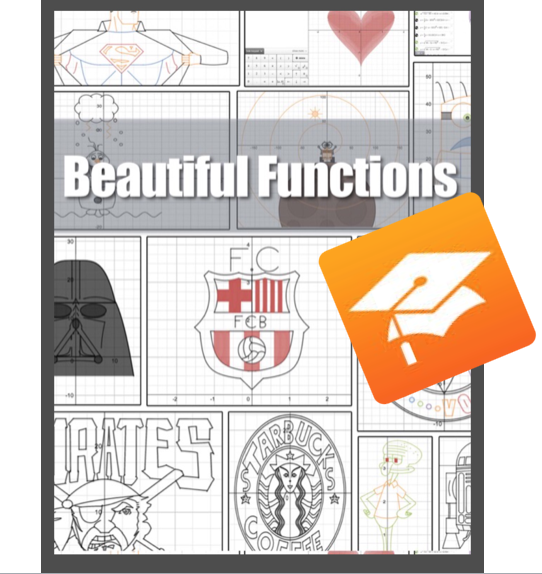When it comes to angles involving parallel lines, triangles, and other polygons I’ve always assumed my grade 9 applied students “get this”. I’ve felt that angles were an easy topic. I guess I thought this because most students seem pretty happy when solving angle problems and for the most part being doing pretty well on assessments. However, this year I noticed two inadequacies that I am trying to address.
- Most of my students didn’t actually know what an angle measurement of 65 degrees really means.
- They have a hard time determining what information is needed when solving multi-step angle problems. Lack of a good strategy.
Addressing #1
When having students determine angles in triangles almost all of them knew that all three angles should add to 180 degrees. The trouble came when I saw some answers like this (from more than one student). 
What bothered me was the location of the 40. I wondered why outside the triangle? I pressed this student for more info. I asked him to draw me any right triangle and label the three angles.

Hmmm…I asked him to point to one of the angles. He pointed to where he labeled the 85. What I found is that this student was mixing up length measurements with rotational measurements and he was not alone.
I found a great activity to hit this head on. Laser Challenge from Desmos worked wonders to get my students to understand and experience rotational measurements. Students have to enter values to rotate the laser and mirror to hit targets.


My students “felt” what 60 degrees is. Experiencing that rotation made all the difference to clear up what we were actually measuring. When second semester rolled around and my new crop of kids came in we started with this activity right away.
Addressing #2
Most of our students struggle with solving complex problems where they have to think of a strategy. Before I gave them something like this,

I wanted to them to experience what information would be useful to know first. I decided to turn the problem around and inside out.
I gave them this.

I wanted them to think backwards….just like we need to do sometimes when solving longer problems. On the “easy” side most filled in 3 angles in the quadrilateral. What was great was that prepared them to think what we could leave out for the harder one. This simpler diagram challenged my class to think, plan, and strategize!
It was great to do this before we introduced this puzzle Jim Roesch, Kristyn Wilson, and myself created:
[There is a video embedded here — Can’t see it? Click through to the post page]
Here is the puzzle

Click to download a PDF copy to print.
And to really challenge yourself or your students here is a blank one. Can you fill it in so it’s “hard” to determine that indicated angle? What is the least amount of info you can give to bring out the most amount of thinking? Share them out! 
Like this:
Like Loading...



















